From the different grains produced in the plains, many breads that characterize the communities.
Camaldoli bread PAT
Cocchia, palatone and palatella. Many names, depending on the shape, for the historic bread produced since the eighteenth century in the surroundings of the city of Naples, on the Camaldoli hill, in the north-western part of the city. Made of durum wheat or re-milled semolina mixed with 0 flour, with water, salt and mostly mother yeast, but also brewer's yeast, and a pinch of sugar. A laborious dough, left to rise for an entire night, protected by rustic jute sheets and placed on wooden boards. Before a second process, to shape large round loaves, without cuts. Or their elongated version, the cocchia, which becomes palatone, if larger, or palatella, for smaller loaves. All cooked in strictly wood-fired chestnut ovens on Sorrento stone. To obtain breads with a thick and crunchy crust, containing a compact but soft crumb, with small, ivory-coloured cavities.
The unrefined flours produced by the farmers still settled around the ever-expanding city were used. It was the bread of the poor, which lasted for up to eight days.
The bread of San Sebastiano al Vesuvio
The bread of San Sebastiano is the result of the mastery of the bakers of the area, who have handed down the white art of flour processing from generation to generation. There are four ingredients: soft wheat flour, water from the Vesuvian area, salt and mother yeast, the criscito. Once the ingredients are combined and mixed, they are left to rise for several hours, before proceeding to form the individual loaves, weighing between 500 grams and two kilos, which come out of the wood-fired oven with a beautiful, thin, golden crust and inside a white and fragrant crumb.
The bread of Villaricca PAT
Soft wheat flour is the protagonist of a history of such importance that it inspired the ancient name of the current Villaricca, which from at least the 10th century until 1871 was officially Panecocoli, in dialect Panecuocolo, or, literally, the town where it is cooked the bread.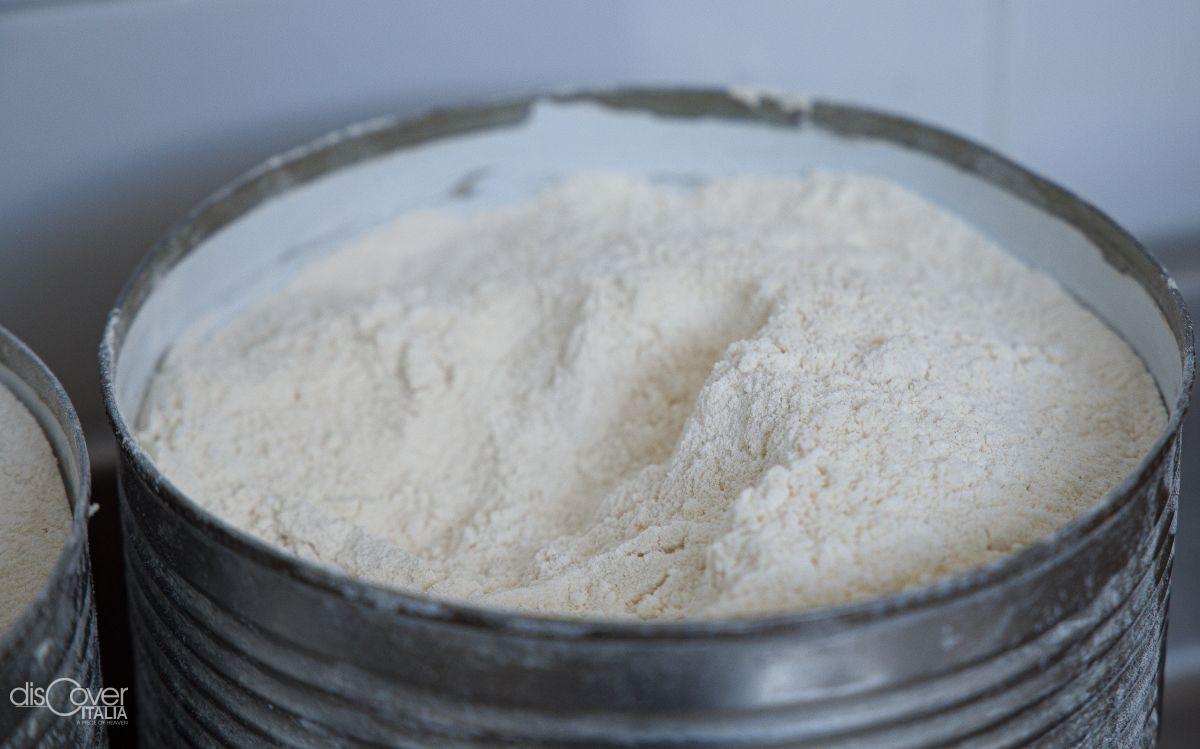
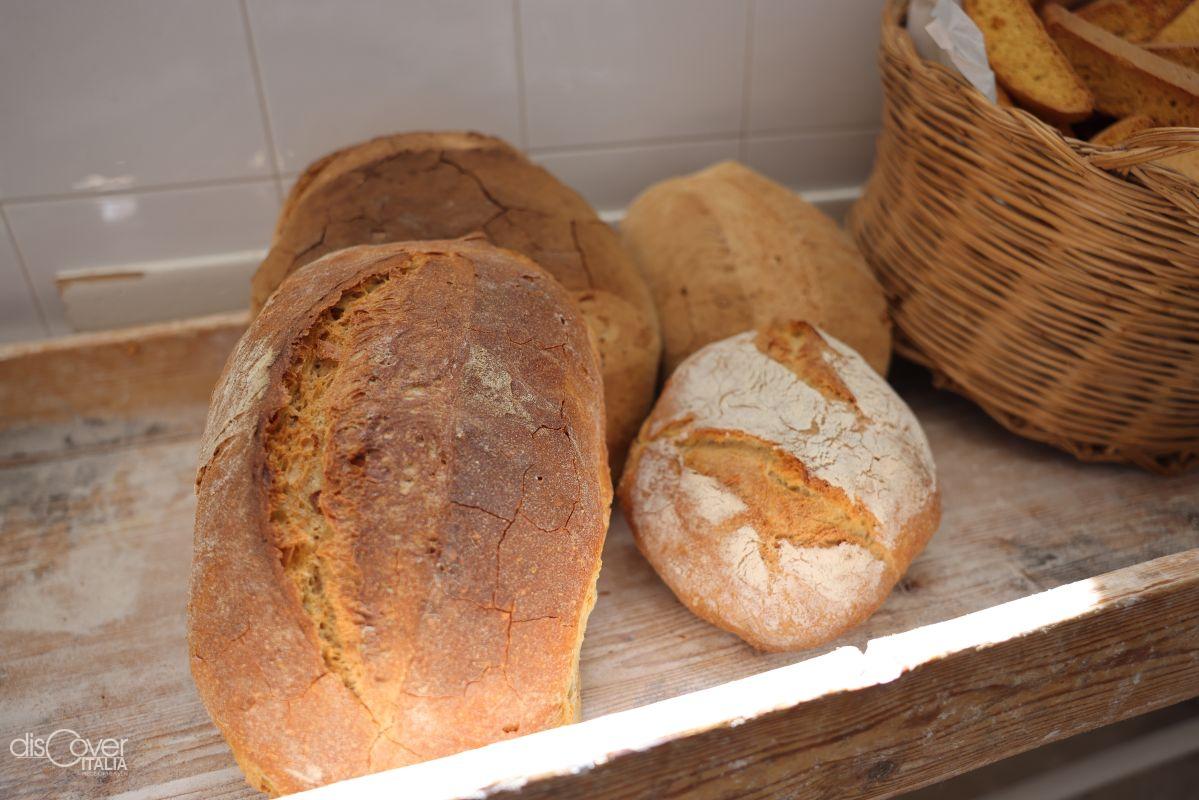 The basis of the dough is, in fact, soft wheat flour, mixed with water, sea salt and mother yeast or sourdough. After a first leavening, the product is left to rest for a few minutes covered by a cloth. The processing then resumes, before forming the loaves, which are left to rise again for several hours. Cooking usually takes place in a wood-fired oven, left open almost all the time, until loaves with a thick, crunchy crust are obtained around a soft, pale crumb. Depending on whether the shape is round or elongated, the loaves are called panielli or panelle.
The basis of the dough is, in fact, soft wheat flour, mixed with water, sea salt and mother yeast or sourdough. After a first leavening, the product is left to rest for a few minutes covered by a cloth. The processing then resumes, before forming the loaves, which are left to rise again for several hours. Cooking usually takes place in a wood-fired oven, left open almost all the time, until loaves with a thick, crunchy crust are obtained around a soft, pale crumb. Depending on whether the shape is round or elongated, the loaves are called panielli or panelle.
The panbiscuit or Vascuotto from Agerola De.Co.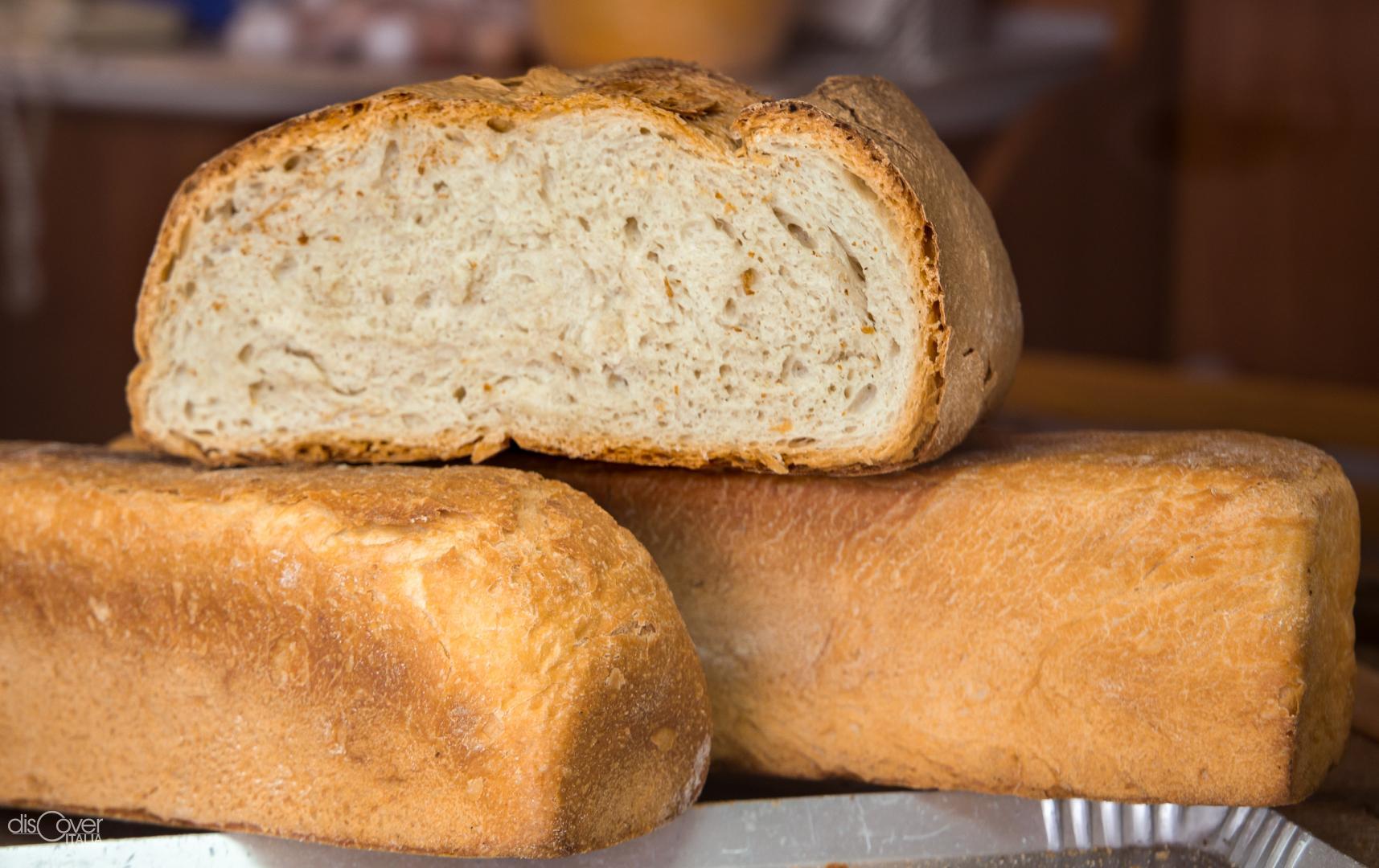
It was the bread used in the Republic of Amalfi. Designed and produced to meet the needs of its sailors, to withstand long periods of navigation. Made of water, salt, sourdough or criscitoyeast, wholemeal wheat flour, rye flour, which gave it a characteristic dark colour, and corn. A biscuit bread that came out of two cooking sessions, the first in the wood oven and the other, after twelve hours, in the fagot oven. The result was a very crunchy, dry product, without any trace of humidity and therefore ideal for resisting on board during longer journeys. But it was also widely consumed on land, so much so that the first historical testimony regarding it is from the historian Matteo Camere, according to whom the people of Amalfi offered twice-baked bread to the troops of King Charles of Anjou.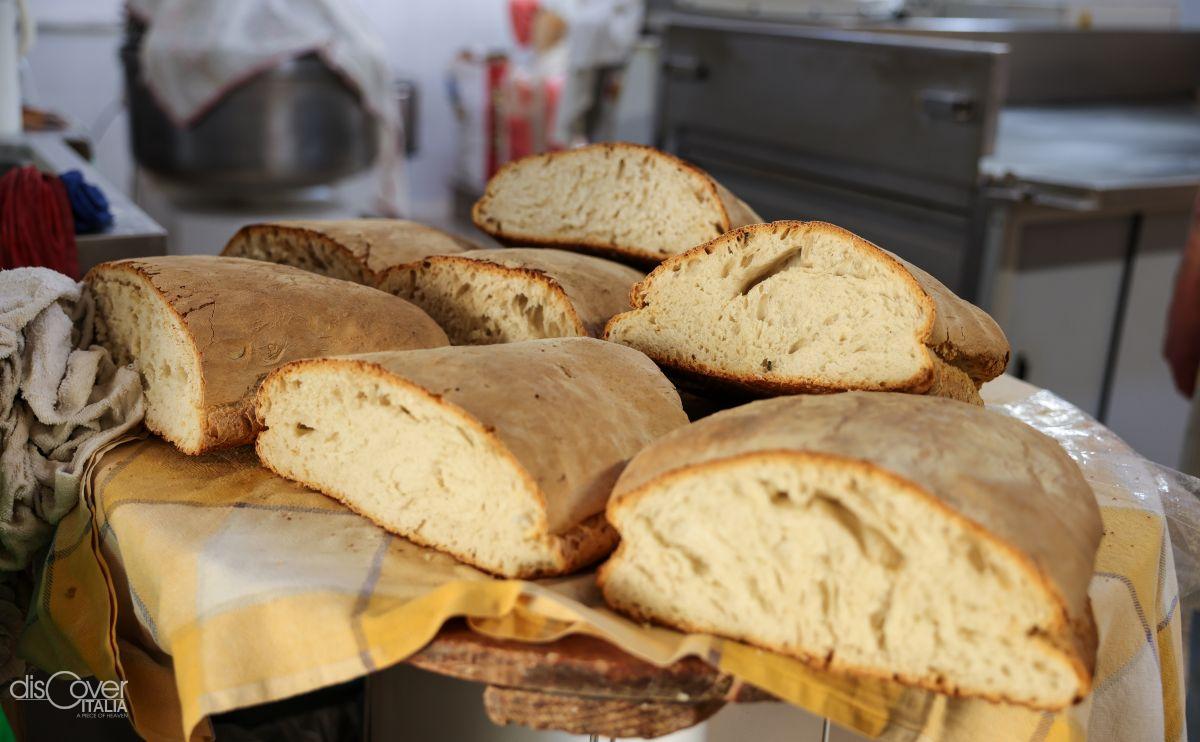
To be able to eat it, it was used to soak it in sea water, and then season it with oil, oregano and salt, to which, following their diffusion in Europe, tomatoes were also added. Seasoned only with oil, it was used in soups or soaked in milk for breakfast.
With a very strong flavour, the "vascotta" is 35 centimeters long and has cuts on the crust made after the first cooking, so that it can be broken by hand into three or four centimeter slices, to be informed for the second time. To prepare the bread that the sailors were provided with before departure, families gathered together, while the criscito was regularly exchanged between neighbors and kept alive by keeping, from time to time, a piece of dough, to be "refreshed" every day.
Montecalvo Irpino bread from Saragolla PAT
In the Miscano valley, between Sannio, Irpinia and Foggiano, Montecalvo Irpino has linked its name to a bread made particular by the use of an ancient durum wheat, Saragolla. This, increasingly rare since the eighteenth century and on the verge of becoming extinct, has recently been re-evaluated for its versatility and digestibility and recovered for cultivation, by virtue of its excellent resistance to parasites, which make it an ideal cultivar for organic agriculture, as well as for the low gluten content and, conversely, the significant presence of minerals, antioxidants and vegetable proteins.
The re-milled Saragolla flour, mixed with water, salt and sourdough, the crescente, is the basis of the Montecalvo bread, kneaded by hand and punched, literally, to create the characteristic air bubbles of the honeycomb of the crumb, before being left to rise in a special wooden container. After leavening, it is worked again, forming round-shaped pieces, which are wrapped in cloths and left to rise again in wicker containers. At the end of the second leavening, crosses are engraved on the loaves, before baking them in the wood-fired oven, where they will remain for about two hours.
With a thick crust and light, high and compact crumb, Saragolla bread lasts up to a week and, as the days go by, it becomes tastier.
Padula bread
At first glance, due to the transversal cuts that outline the crust, they evoke the panis quadratusof Pompeian paintings, carefully described by Virgil. Round, weighing about two kilos, Padula loaves were produced in the famous Certosa for the consumption of the monks and all those who worked there as early as the 17th century.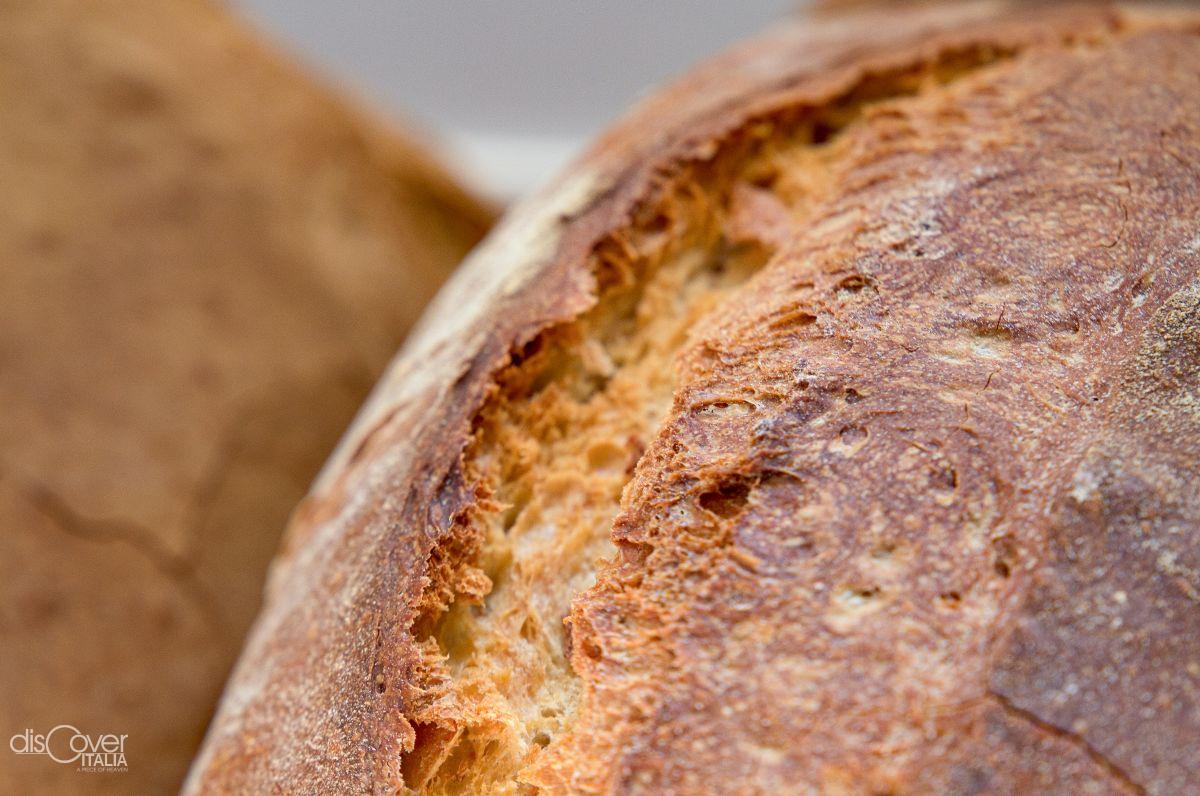
This bread is obtained by mixing soft and durum wheat flour, with the addition of brewer's yeast dissolved in water and salt. The leavening time varies from three or four hours in summer to four or five in winter. Immediately afterwards, the loaves are scored on the top and baked in the wood-fired oven, prepared in the morning, so as to receive the loaves when they have reached high temperatures. Cooking is slow and lasts a couple of hours. The loaves that come out of the oven have a shelf life of up to two weeks.
Baiano bread PAT
It is the typical bread of Vallo di Lauro, the Baianese area and the Nolan area. Ancient, so much so that the memory of its origins has been lost, it was a purely home-made production, linked to consumption and family needs.
The dough has always been made up of a mixture of 0 white flour, water, salt and natural yeast, which must be prepared half a day in advance of use. It is then left to rise for about an hour and a half on wooden boards, before being worked again and divided into loaves with an elongated shape up to about 80 centimetres. A second leavening takes place in a warm environment, for about half an hour, before the final meeting with the wood-fired oven.
The result is a bread with a thick, crunchy crust, golden in color tending towards brown, while the light crumb is distinguished by its large holes.
Calitri bread PAT
The objects traditionally linked to its production are so ancient that they deserve to be exhibited in the Museum of Rural Civilization of Aquilonia, where there is no shortage of period photographs as evidence of the various stages of production of the so-called pane d'e femmene. In fact, it was the women of Calitri and the nearby villages of Upper Irpinia, the same ones who worked in the wheat fields of the upper Ofanto valley, who dedicated themselves to home baking. Within the home, they mixed soft wheat flour, durum wheat semolina, "crescente", water and salt. The dough was kneaded and left to rise in the heat and dark for a long time, after engraving a cross on each loaf. Meanwhile, the town's bakers turned on the oven and slowly brought it to temperature, so that it was ready to accommodate the round loaves weighing 2 to 6 kilos that the women brought from home, at the agreed time to proceed with baking. That required all the skill of the baker, since it was necessary to move the bread to different parts of the oven, depending on the degree of cooking. The fragrant loaves emerged, the largest known as "wagon wheels", with a brown, thick and crunchy crust, enclosing a light crumb with uniform and widespread holes. Breads intended to last no less than a week, up to fifteen days.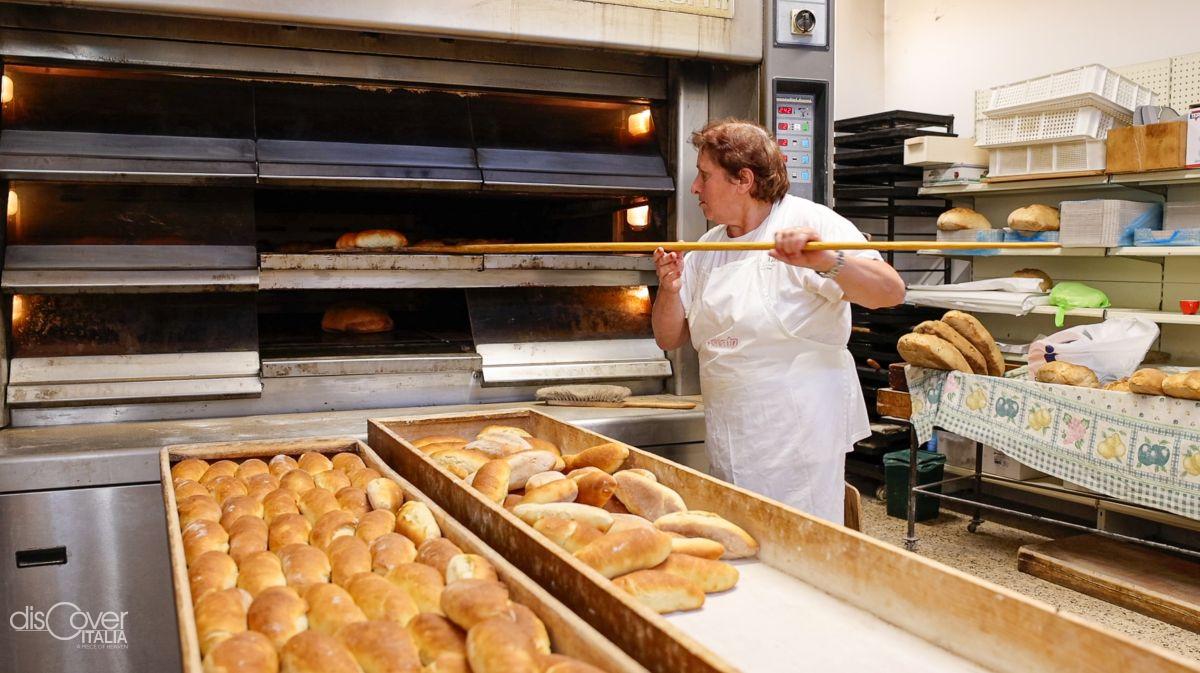
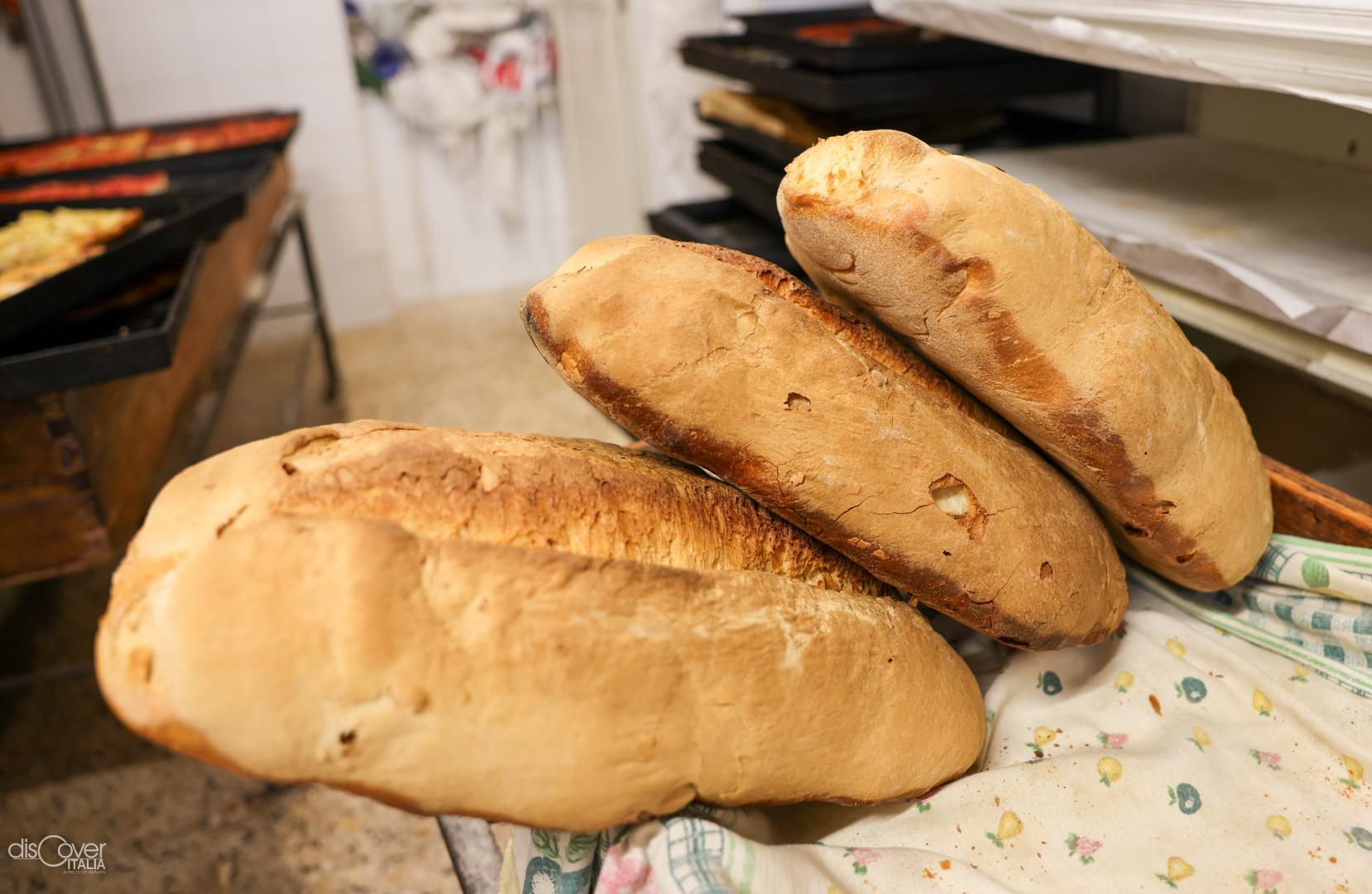
 Caposele's Muffletto PAT
Caposele's Muffletto PAT
It has just over a century of history, inextricably linked to the construction of the new Apulian aqueduct which from the town of Irpinia, having crossed the Apennines, brings the water of the Sele and Calore Irpino rivers to some of the main cities of Puglia. Compared to the other renowned ones from Campania, it is a small bread, about 25 centimeters in diameter, round in shape and with a delicate flavour, to be strictly eaten fresh. To the usual ingredients of Campania breads - flour, water, salt and yeast - boiled potatoes are added, which are combined with the basic dough. During leavening, it is kept covered, then the round loaves are cut and a further leavening phase is carried out for about an hour. For cooking, wood-fired ovens or, increasingly rare, fagot ovens are used. As well as by the inhabitants of Caposele, it is traditionally consumed by the faithful who frequent the sanctuary of San Gerardo Maiella in Materdomini.

@ph:EmanueladiGuglielmo @Texts/photos/videos protected by copyright; all reproduction prohibited



Comments powered by CComment